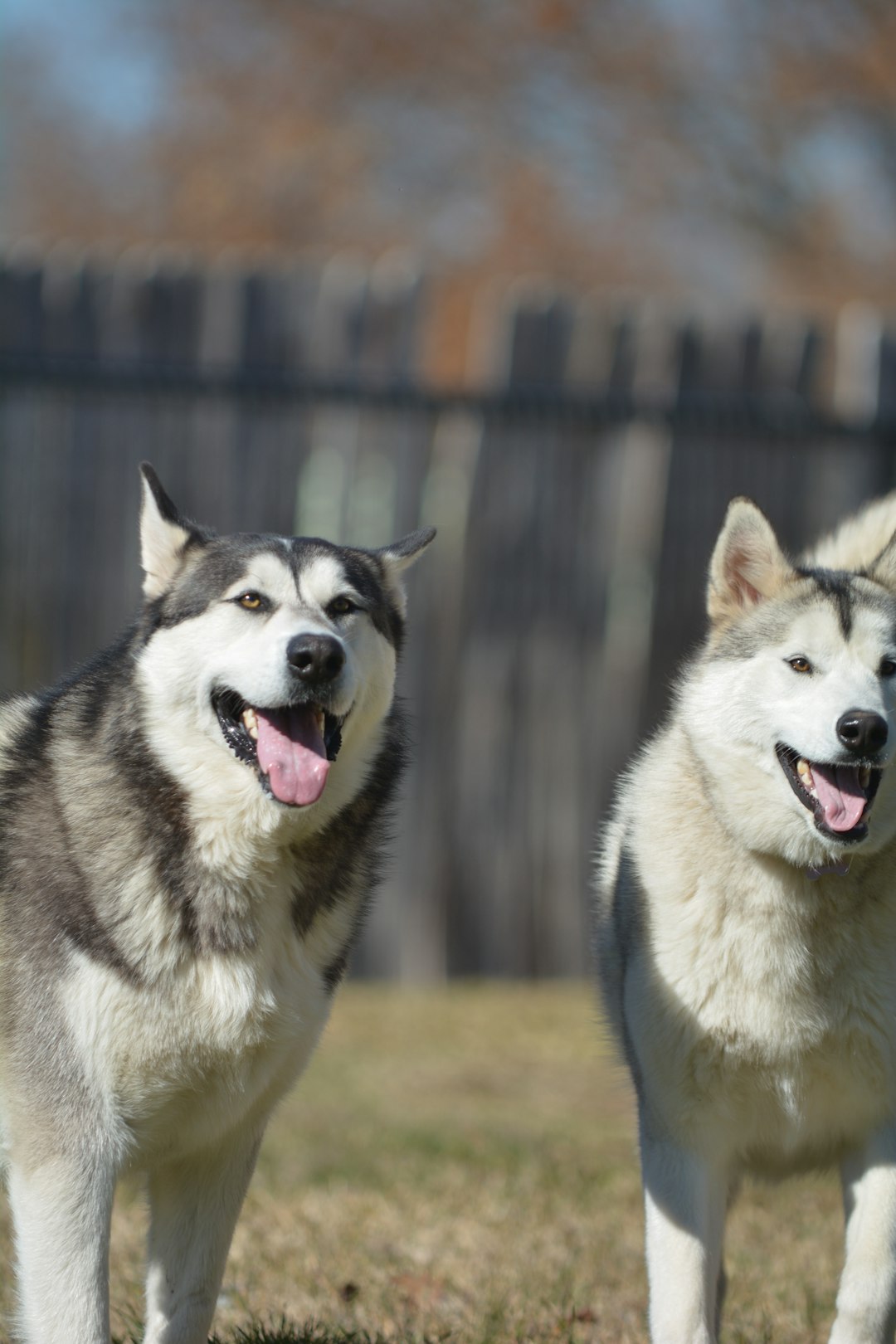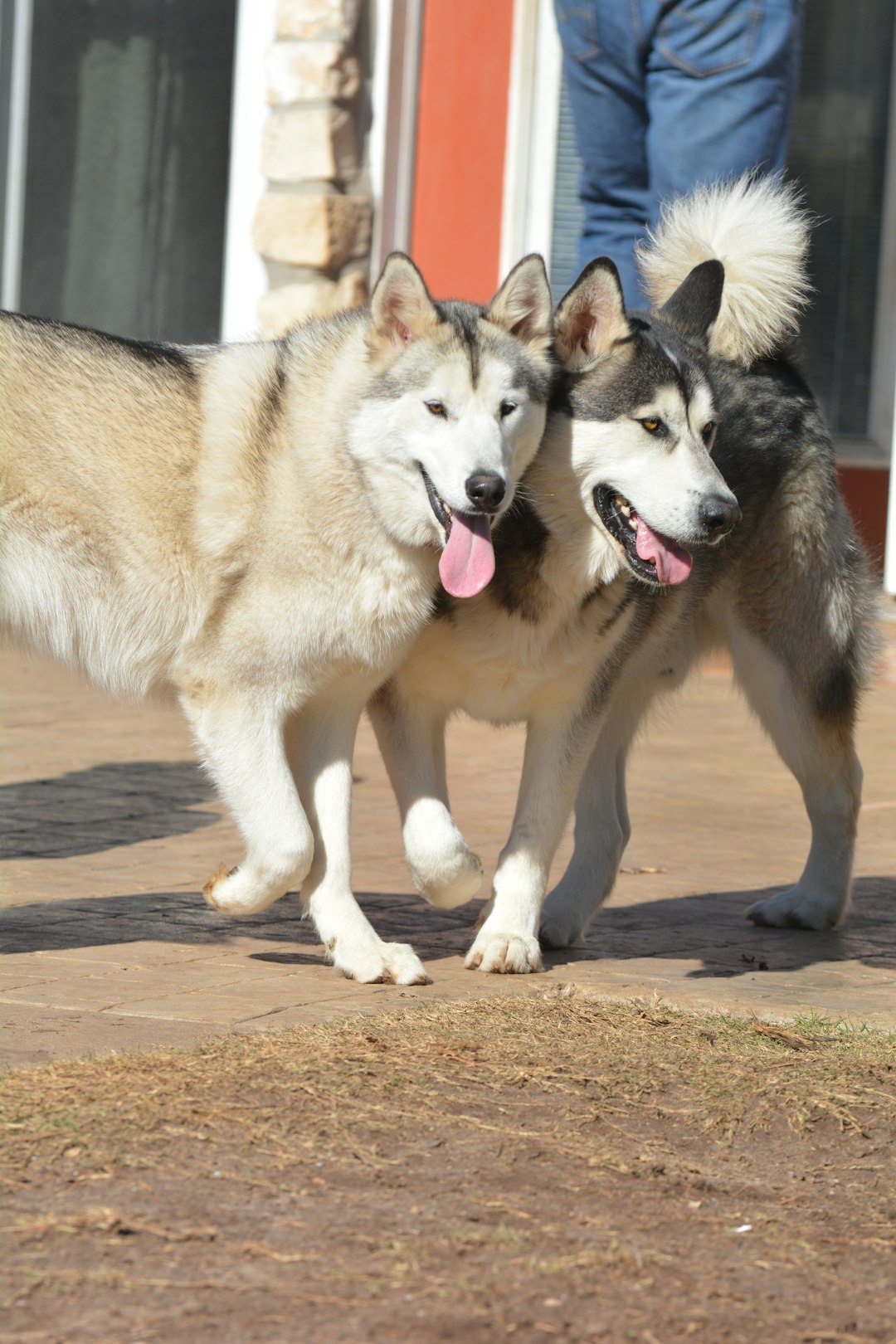So, you’ve finally decided that your furry friend could use some help, and you’re diving into the wacky world of pet medications. Enter: Gabapentin! This wonder drug is like the superhero of the pet pharmacy. Yes, it’s not just for your great-aunt Edna’s nerve pain; it can help your pup too! But before you start tossing pills like they’re treats (please don’t), you’ll want to check out our handy Gabapentin for Dogs Dosage Chart. Trust me, your dog’s liver will appreciate it! Let’s unravel the mystery of dosing before that tail starts wagging wildly.
Understanding Gabapentin and Its Uses in Dogs
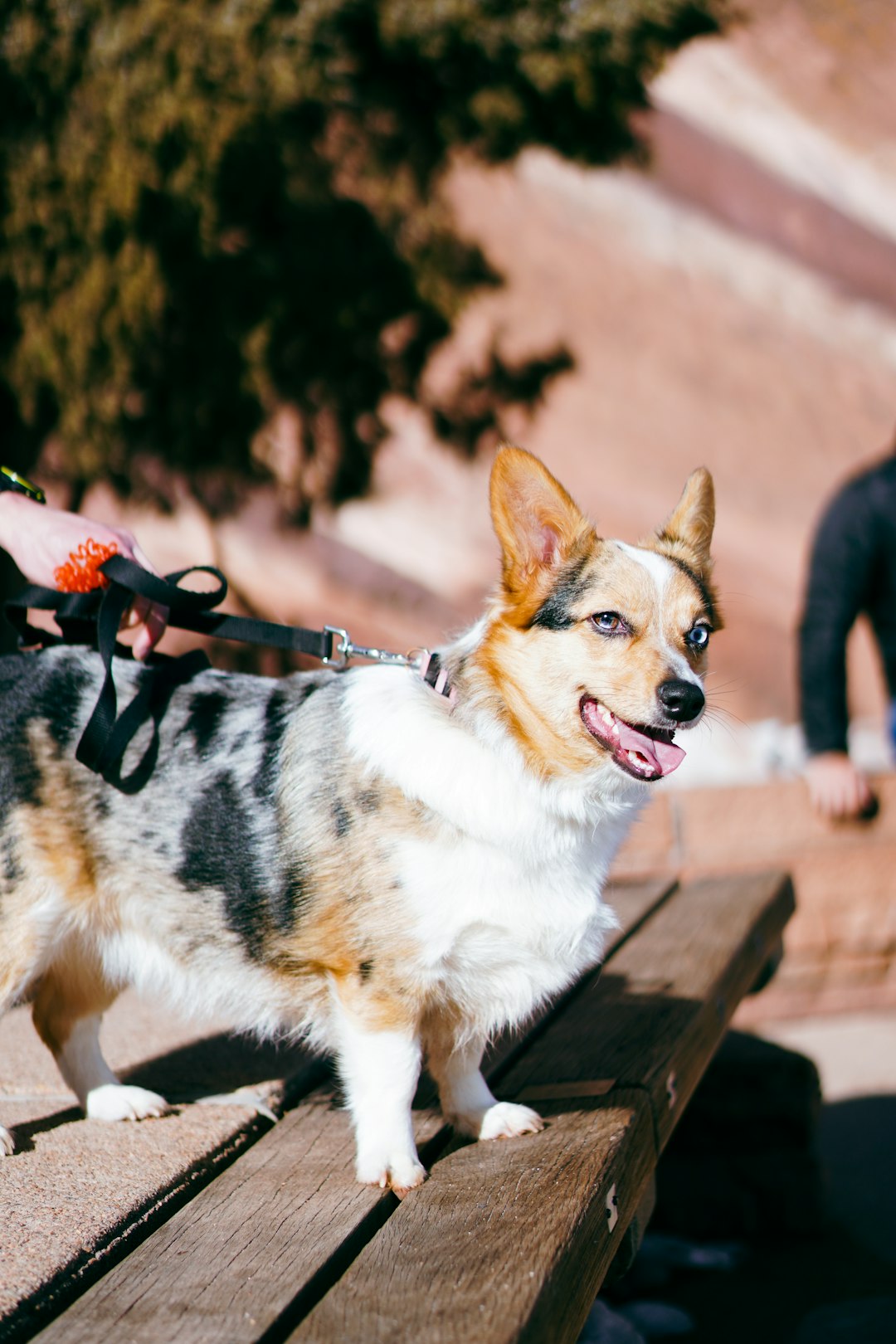
Ah, Gabapentin! The magical potion for our furry friends that seems to be every veterinarian’s best-kept secret. You might be wondering, “What exactly is this miracle worker?” Well, my friend, Gabapentin is a medication primarily used to treat nerve pain and seizures in dogs. Think of it as a fluffy comfort blanket for their anxious and aching little paws!
Here’s a rundown of what Gabapentin does for our canine companions:
- Pain Management: It’s like giving your dog a spa day but without the cucumber slices. Perfect for post-surgery recovery or chronic pain.
- Seizure Control: Helps keep those pesky seizures at bay, so Fido can focus on his day job of chasing squirrels.
- Anxiety Reduction: If your dog gets spooked by thunderstorms or the vacuum, Gabapentin may help calm those furry jitters.
Before you whip out your Gabapentin for Dogs Dosage Chart—trust me, you’ll need it—remember that every pup is a unique snowflake. Always consult your vet to determine the best treatment for your pooch. After all, nobody wants a drooling doggy diva on their hands!
Benefits of Gabapentin for Canine Health
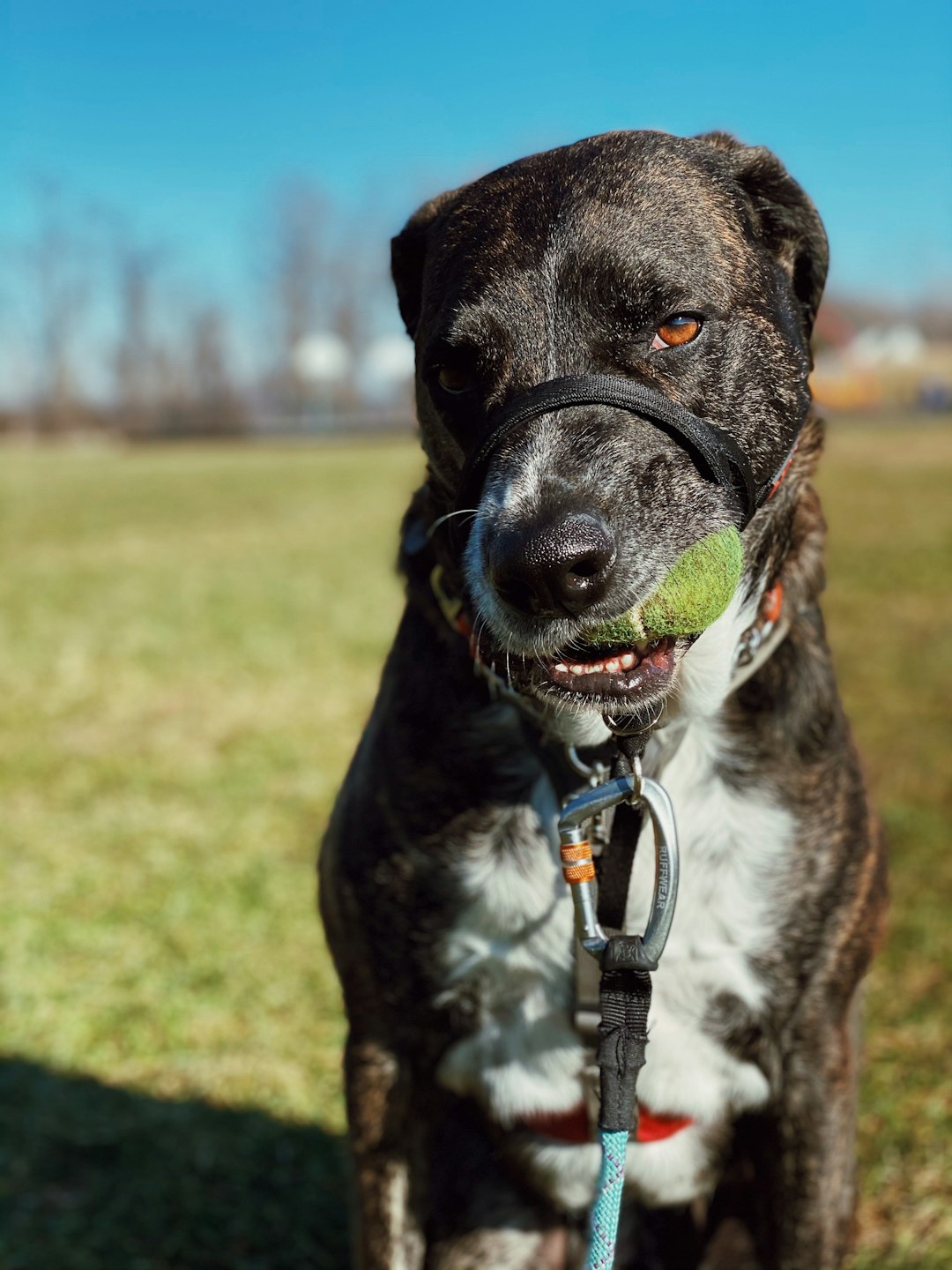
Gabapentin isn’t just a fancy name that rolls off the tongue; it’s a superhero in the world of canine health. Here’s why you might want to consider it for your furry friend:
- Pain Relief: Gabapentin swoops in like Batman to help alleviate chronic pain. Whether your pooch is dealing with arthritis or recovering from surgery, this medication can make a world of difference.
- Anxiety Management: When thunderstorms hit or fireworks boom, many dogs feel like their world is coming to an end. Gabapentin can help calm those jittery nerves, making it the canine equivalent of a cozy blanket.
- Seizure Control: For dogs with seizure disorders, Gabapentin can act like a gentle bouncer, keeping those wild seizures in check and allowing your pup to enjoy a more stable life.
So, when you’re ready to pull out the Gabapentin for Dogs Dosage Chart, remember—it’s not just about numbers; it’s about ensuring your four-legged companion lives their best life, tail wagging and all!
Common Conditions Treated with Gabapentin
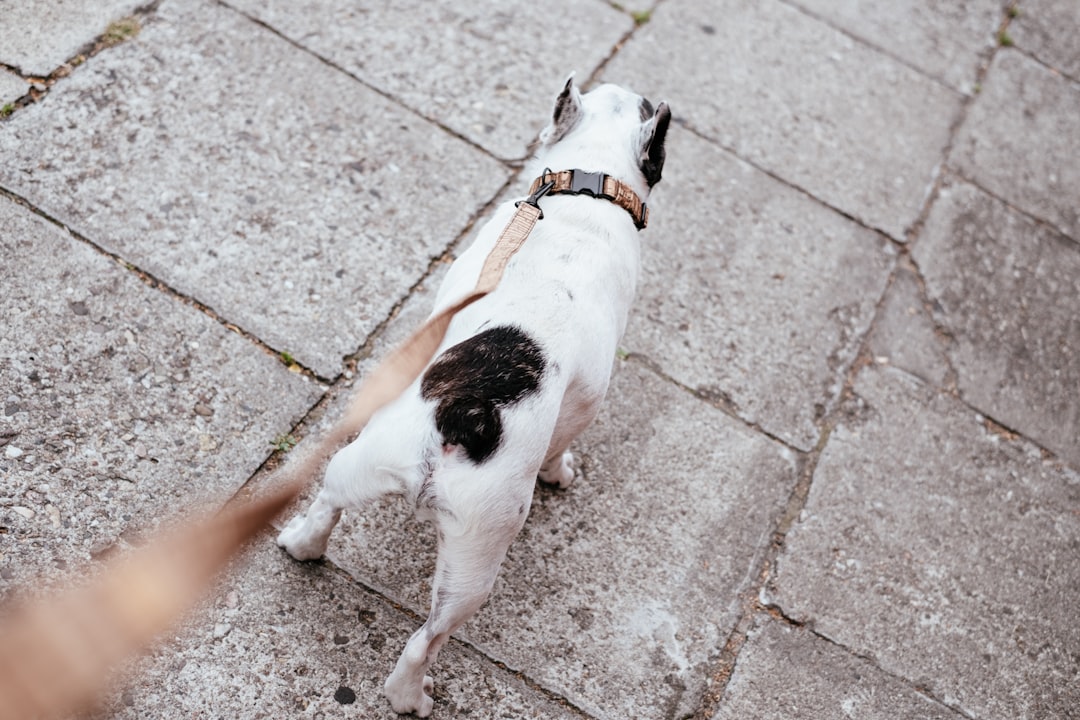
Are you scratching your head wondering what conditions Gabapentin could tackle in your furry friend? Fear not! Here’s a cheeky peek into the world of canine ailments that might just benefit from a dose of this magical pill. Gabapentin for Dogs Dosage Chart may vary, but its uses are quite universal!
Common Conditions:
- Chronic Pain:
- Arthritis? No problem! Gabapentin can help your dog shake off those painful joints as if they were just puppies again.
- Nerve Pain:
- Does your dog have that sudden jump at random noises? It might just be nerve pain. Gabapentin works wonders here!
- Seizures:
- For dogs who go on uninvited trips to “Seizure-ville,” Gabapentin can help keep them in the land of the living.
- Anxiety:
- Just like humans, pups can get anxious too. Whether it’s thunderstorms or that squirrel next door, Gabapentin can help them chill out.
Make sure to consult the Gabapentin for Dogs Dosage Chart when managing these conditions, and remember, no one knows your dog quite like your veterinarian!
Determining the Right Dosage for Your Dog
Ah, the million-dollar question: how much Gabapentin should you give your furry friend? Fortunately, the Gabapentin for Dogs Dosage Chart has got your back!
But before you dive into the world of doggie dosages, remember that every pup is unique (much like their preferences for treats). Consider the following factors:
- Weight: Bigger dogs need a bigger dose. It’s simple math, folks!
- Condition: The health issue at hand can adjust the dose. Pain relief? Anxiety? Your dog’s emotional baggage might require a tailored approach.
- Age and Health: Older dogs or those with existing health issues might need a gentler dose.
General Dosage Guidelines:
| Dog Weight | Approximate Dosage (mg) |
|---|---|
| 5-10 lbs | 50 mg |
| 10-25 lbs | 100 mg |
| 25-50 lbs | 200 mg |
| 50+ lbs | 300 mg |
Always remember, the Gabapentin for Dogs Dosage Chart serves as a guide, not a decree from the canine kingdom. So, grab that chart and consult your vet—after all, we want our dogs to nap peacefully, not plot their escape!
Factors Affecting Gabapentin Dosage
When it comes to the delicate art of dosing Gabapentin for our fluffy companions, consider these vital factors—because nobody wants a “fluffy overdrive” situation! The right dosage isn’t just about whipping out your “Gabapentin for Dogs Dosage Chart” and pointing; it involves a bit of paw-sitive thinking:
- Weight of Your Dog: Larger pups need more Gabapentin. Think of it like feeding a Great Dane instead of a Chihuahua—one gets a bowl, and the other gets the whole kitchen!
- Medical Conditions: If your dog has other health quirks (like a penchant for sneaking expired treats), it can influence dosage. Chronic conditions might needle their Gabapentin needs.
- Age: Just like fine wine, senior dogs might need a gentler touch—adjust the dose accordingly!
- Sensitivity to Medications: Some dogs are like drama queens when it comes to meds. Keep an eye on how they react to Gabapentin, and adjust as necessary.
In short, consult your vet, use the “Gabapentin for Dogs Dosage Chart” wisely, and make sure your furry friend is just as relaxed as you’d like to be after a long day!
Signs of Overdose and Side Effects
When it comes to Gabapentin, we want our furry friends to feel as comfy as a cat in a sunbeam—without turning them into a floppy noodle! But let’s face it, sometimes a little too much enthusiasm leads to some unintended consequences. Here’s what to watch for concerning an overdose or side effects:
Common Signs of Overdose:
- Excessive Sedation: If your dog resembles a couch potato on a lazy Sunday, it might be a sign of too much Gabapentin.
- Uncoordinated Movements: Is your pup attempting the cha-cha but failing miserably? Watch out!
- Vomiting or Diarrhea: If their tummy sounds like a bubbling cauldron, it’s time to consult your vet.
Other Side Effects to Monitor:
- Lethargy: If they put more effort into sleeping than barking, have a chat with your vet.
- Increased Appetite: If they’re on a mission to eat the entire pantry, Gabapentin might be to blame!
Remember, always keep your Gabapentin for Dogs Dosage Chart handy and consult your veterinarian if you notice any of these signs. Safeguard your pup’s health like the precious bundle of joy they are!
Consulting Your Veterinarian: Important Considerations
Before you waltz into a gabapentin frenzy for your furry friend, remember the golden rule: consult your veterinarian. It’s not just about tossing pills to your pup like they’re doggy treats—your vet has a PhD in “Making Sure Your Dog Doesn’t Turn into a Furry Zombie.”
Here are some essential points to discuss:
- Current Medications: Share any current medications your dog is on. Mixing drugs is like making a smoothie without checking the ingredients—messy and potentially dangerous!
- Health History: Disclose any historical ailments. Your vet needs the scoop on your pup’s health, not the gossip down the street.
- Dosage Details: Bring that Gabapentin for Dogs Dosage Chart along. It’s a handy conversation starter, and your vet will appreciate the effort!
- Administering Advice: Ask about the best ways to administer gabapentin. Spoiler alert: your dog won’t care for it as much as you do!
In conclusion, always remember, a well-informed dog parent is a happy dog parent! So, let’s keep communication clear and ensure your pooch gets the right treatment without any barking mishaps!
How to Administer Gabapentin to Your Dog
Administering Gabapentin to your four-legged friend can feel like preparing for a Broadway debut. You need the right approach, timing, and, of course, a sprinkle of charm! Here’s how to turn the daunting task of medication into a walk in the park (literally):
- Dramatic Timing: Give Gabapentin at the same time each day. Dogs thrive on routine, much like humans in front of their morning coffee.
- Flavor Explosion: If your dog’s stomach growls louder than the neighbor’s lawnmower, consider mixing the medication with a tasty treat. Peanut butter? Yes, please!
- Bite-Sized Brilliance: If your pupper prefers chomping, crush those tablets and sprinkle them on food or in a treat. A little kaboodle of exciting sniffy flavors can mask the medicinal taste.
- Water is Key: Ensure they gulp down the medication with ample water. After all, hydration is vital – we wouldn’t want them unrolling their own version of a “dry mouth” drama.
Always consult the Gabapentin for Dogs Dosage Chart to keep things on track. Remember, presenting the right dosage and method can turn you into your dog’s favorite magician—making discomfort disappear at every dose!
Frequently Asked Questions
Can I use Gabapentin for my pet lizard instead of my dog?
Oh, as tempting as it may seem to have a chilled-out lizard basking in its zen state, Gabapentin is specifically designed for our furry friends—dogs and cats. Reptiles have a totally different set of metabolic rules, and dosing anything not meant for them could turn them into tiny, scaly rollercoasters. So keep Gabapentin for dogs and maybe consider chamomile tea for your lizard’s relaxation instead!
What happens if I accidentally give my dog too much Gabapentin?
Accidents happen, and if Fido decides to ‘overdose’ himself on Gabapentin, you might find yourself racing to the vet faster than he can chase a squirrel! Overdosing can lead to sedation, wobbliness, and a host of other unfortunate side effects. Remember, just like humans shouldn’t take a truckload of candy, dogs also shouldn’t gobble their meds like they’re on a binge. If you suspect an overdose, call your vet faster than a dog after a tennis ball!
Is there a difference between the Gabapentin formulated for humans and the vet version?
Absolutely! It’s like comparing a fancy four-course meal to a dog’s dinner. While human Gabapentin may serve its purpose for humans, it often comes in different concentrations and additives that aren’t dog-friendly. Plus, our furry friends can be quite picky about their pharma cuisine! Sticking to the vet-approved version is the way to go—your pup will thank you… probably with slobbery kisses!
How do I know if my dog really needs Gabapentin or is just being dramatic?
Ah, the age-old question of dog drama versus genuine need! Dogs are incredible actors; they could win Oscars in the Best Performance category. If your dog is limping, grunting like a disgruntled pig, or suddenly developing a knack for deep sighs during naptime, it might be time to consult your vet. Trust your instincts, and remember: When in doubt, let the professionals decide if it’s time for Oscar-worthy Gabapentin or just a special treat!


